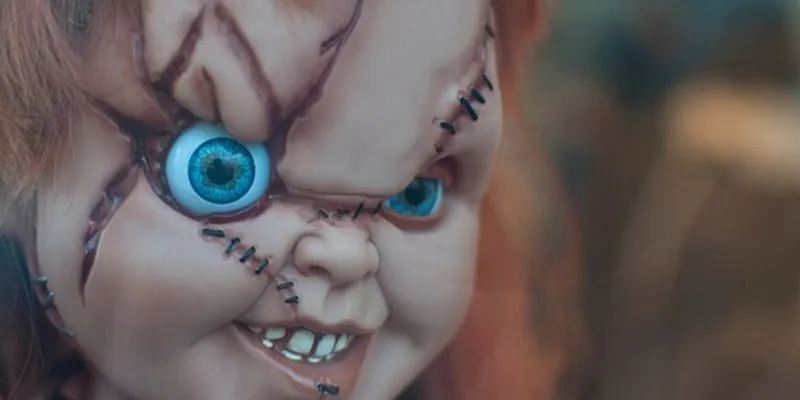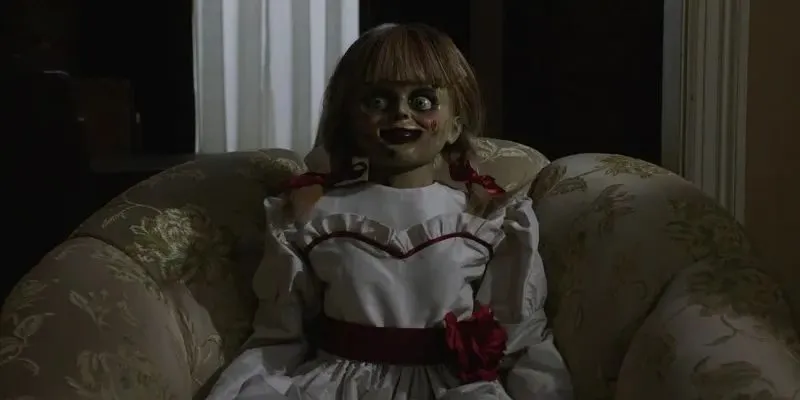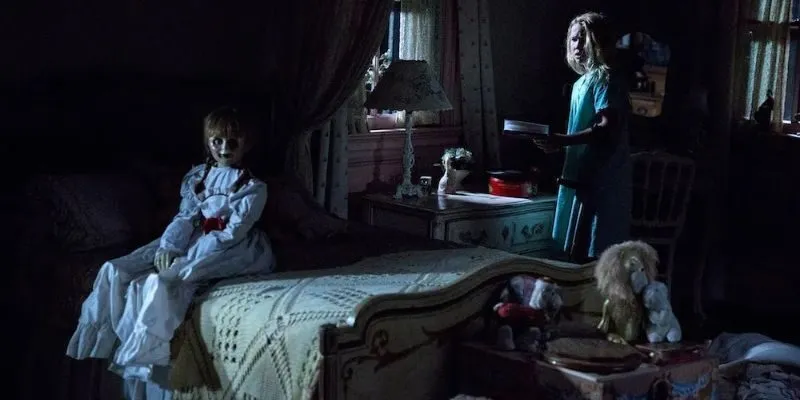Patrick Rahall? “Demonic Dolls and Possessed Playthings” is a chilling exploration into the unnerving world of haunted dolls and cursed toys that have captivated the imaginations of people for centuries. Dolls, traditionally symbols of innocence and childhood, have taken on a darker, more sinister connotation in folklore, literature, and modern-day horror.
In his work, Patrick Rahall delves deep into the history and cultural significance of these objects, which, over time, have been linked to stories of demonic possession, malevolent spirits, and terrifying encounters. Through this examination, Rahall uncovers the psychological and cultural elements that have led to the widespread fear of dolls and their association with the paranormal.
The History of Haunted Dolls
The belief in possessed or demonic dolls is not a new phenomenon. In fact, dolls have been part of human culture for thousands of years, with the earliest known dolls dating back to ancient civilizations. However, it is in more recent centuries that dolls have been associated with the supernatural, particularly through their portrayal in horror films, books, and urban legends.

The concept of a doll becoming a vessel for an evil spirit or demon is deeply rooted in the idea of objects as conduits for spiritual energy.
Throughout history, dolls have often been used in rituals and ceremonies. In some cultures, dolls were believed to house the spirits of ancestors or serve as mediums for communication with the other side. However, this connection between dolls and the spiritual realm took on a more sinister tone with the rise of Christianity and the fear of demonic possession.
According to Patrick Rahall, this shift in perception was a major factor in the development of modern-day ghost stories involving dolls. What was once a symbol of affection and playfulness became, in the minds of many, an object that could carry the influence of malevolent forces.
Cultural Depictions of Demonic Dolls
In literature and film, the trope of the demonic doll has become a staple of the horror genre. Perhaps the most famous example is the Chucky series, in which the spirit of a serial killer is transferred into a doll, creating a terrifying antagonist. This idea of a doll becoming a vessel for evil is also seen in films like Annabelle, inspired by real-life paranormal events involving a haunted doll. These fictional portrayals have contributed to the widespread fear and fascination with haunted dolls, making them a key symbol of terror in popular culture.
Patrick Rahall highlights the role of these cultural depictions in shaping the way we view dolls. In his work, he notes that the popularity of horror movies and books has made the concept of demonic dolls much more accessible to modern audiences. The power of media to shape our collective fears has turned these seemingly innocuous objects into symbols of darkness and dread. What was once an innocent plaything has evolved into a figure of pure malevolence in the eyes of many.
Real-Life Cases of Haunted Dolls
While fictional depictions are undoubtedly a major contributor to the modern fear of dolls, Patrick Rahall also examines real-life cases of allegedly haunted dolls that have been the subject of paranormal investigations. One of the most famous real-life haunted dolls is Robert the Doll, which resides in Key West, Florida.
The doll, which was given to a young boy named Robert Eugene Otto in the early 1900s, is said to be cursed, with numerous accounts of strange and unsettling occurrences surrounding it. Visitors to the museum where Robert the Doll is displayed have reported experiencing unexplainable phenomena, including strange sounds, eerie feelings, and even equipment malfunctions.
Another famous case is that of Annabelle, the doll that is currently housed in the Warren’s Occult Museum in Monroe, Connecticut. According to the Warrens, paranormal investigators Ed and Lorraine Warren, Annabelle is a possessed doll that has caused a number of terrifying experiences for those who have come into contact with it.
Patrick Rahall delves into the chilling details of these real-life cases, showing how they have added fuel to the fire of public fascination with demonic dolls. These cases blur the line between reality and fiction, making it difficult for some to distinguish between the two.
Psychological Factors Behind the Fear of Dolls – patrick rahall
While the idea of demonic dolls is often rooted in supernatural beliefs and folklore, Patrick Rahall also addresses the psychological factors that contribute to our fear of dolls. One of the main reasons people find dolls unsettling is the uncanny valley effect, a term coined by Japanese roboticist Masahiro Mori. The uncanny valley theory suggests that human-like objects that fall short of being fully human evoke feelings of discomfort and eeriness. Dolls, with their lifelike features but lack of true life, can fall into this category, making them unsettling to many.
Furthermore, dolls often represent childhood innocence and vulnerability, which makes them all the more disturbing when they take on a sinister role. The idea of a doll, something meant to be cherished and loved, becoming the vessel for a malevolent spirit is both a betrayal of the object’s intended purpose and a violation of childhood innocence. Patrick Rahall explores this emotional reaction, explaining how it taps into deep-seated fears of losing control and the intrusion of darkness into spaces typically reserved for purity and comfort.
The Power of Dolls in Folklore and Ritual – patrick rahall
In addition to their presence in popular media and personal accounts of hauntings, dolls have long been a part of folklore and rituals. In some cultures, dolls are used as vessels for spirits, often as part of protective or healing practices. However, in other cases, dolls are thought to be the focus of curses or malevolent magic. In Haiti, for example, dolls are sometimes used in Voodoo rituals to represent individuals or spirits. These dolls are often associated with the manipulation of spiritual forces, which can either bring blessings or curses, depending on the intent of the practitioner.
Patrick Rahall explores how the use of dolls in rituals, both benign and dark, adds to their mystique and potential for possessing supernatural power. When viewed through the lens of folklore, dolls take on a much larger, more symbolic role. They are not just children’s toys but potent objects capable of bridging the gap between the physical and spiritual realms.
The Modern Fascination with Demonic Dolls – patrick rahall
In contemporary society, the fascination with demonic dolls and possessed playthings continues to thrive. From horror films and television shows to internet forums dedicated to paranormal experiences, the allure of haunted dolls is undeniable. Patrick Rahall suggests that this fascination is a reflection of our enduring fear of the unknown and our desire to understand the mysteries of life and death. Dolls, as objects that represent both innocence and terror, provide a way to explore these dark and uncomfortable themes.

The continued popularity of haunted dolls also reflects a broader societal interest in the supernatural and the unexplained. In an age where rationality and science often dominate our worldview, there remains a deep-seated desire to confront the mysteries that lie beyond our understanding. Dolls, with their eerie lifelike qualities, serve as a conduit for these questions and fears, offering a glimpse into a world where the boundaries between the living and the dead are blurred.
Conclusion patrick rahall
“Demonic Dolls and Possessed Playthings” by Patrick Rahall is a compelling investigation into the cultural, psychological, and historical aspects of haunted dolls and their role in both folklore and popular culture. Through his exploration of real-life cases, psychological theories, and cultural beliefs, Rahall sheds light on why dolls, once symbols of innocence, have become feared objects linked to the supernatural.
Whether through their use in rituals, their presence in horror films, or their alleged haunting in real life, demonic dolls continue to captivate and terrify. Rahall’s work offers a thorough and chilling examination of why these playthings, which were once harmless toys, have become some of the most feared objects in the world of the paranormal.
See more:
